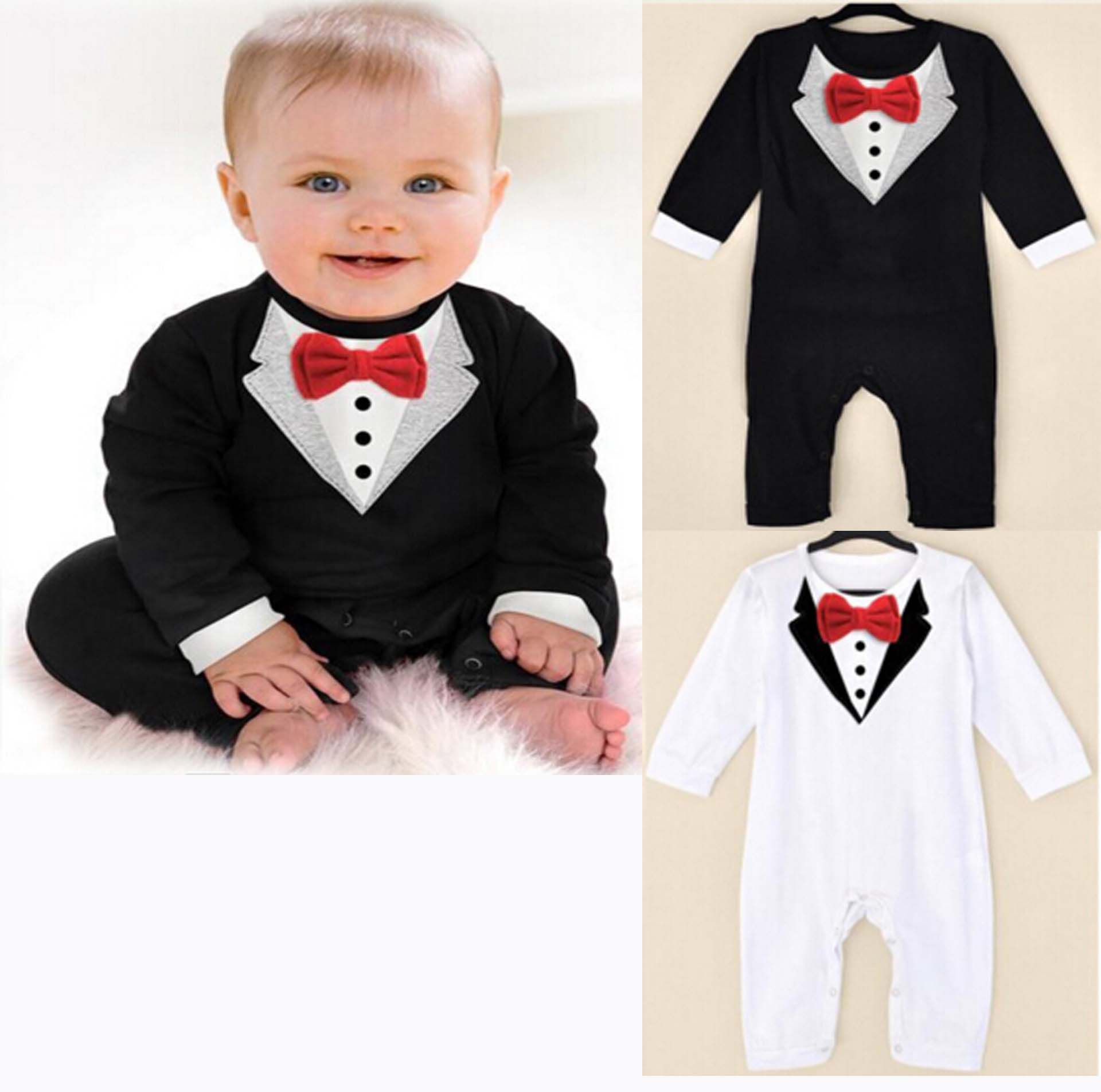

Blount's slows down bone growth at these plates or halts growth there altogether. rickets (a bone-weakening disorder caused by a vitamin D deficiency)īlount’s disease (also called tibia vara) is a growth disorder that affects the growth plates in the bones near the inside of the knee.achondroplasia (the most common form of dwarfism).Paget’s disease (a metabolic disease impacting the way bones break down and rebuild).Blount’s disease (more information below).abnormal bone development (bone dysplasia).Illnesses and conditions that cause bowleggedness include: The many causes of bowleg syndrome range from illnesses such as Blount’s disease to improperly healed fractures, vitamin deficiencies and lead poisoning. To prevent and delay the need for a knee replacement, an osteotomy should be performed to realign the knee.

Adult patients who have had bowleg for many years overload the inside (medial compartment) and stretch the outside (lateral collateral ligament) leading to pain, instability, and arthritis. Progressive knee arthritis is common in adults who were not diagnosed or treated for bowleg earlier in life. Other symptoms experienced by people with bowlegs include: This causes a bowing of the legs that, if it continues beyond three years of age, suggests there is a bowleg deformity. The most common symptom of a bowleg condition is that a person's knees do not touch while standing with their feet and ankles together. What are the symptoms of a bowleg deformity? one leg is significantly more (or less) angled than the other.the direction the knees versus the direction the foot falls outside the normal pattern.the angle of the child’s thighbone to shinbone falls outside of the normal range.After about six years of age, most children’s knees assume a straighter alignment that is considered normal.Ī parent should consult a doctor to determine whether their child has the potential to develop a bowleg or knock knee deformity if, apart from the normal patterns discusses above: By age two to three, the leg angle typically reverses and begins to look more like knock knee, where the knees bend inward toward each other. In most cases, the child’s legs begin to straighten once they start bearing weight on them while standing or walking (usually at between 12 to 18 months old). In fact, there is a broad spectrum of what is considered normal.

For this reason, up until the age of two, bowing of the legs is not unusual. In typical growth patterns the child will outgrow this as they start to stand and walk. Infants are often born bowlegged due to their folded positioning while in the mother’s womb. Photo and standing-alignment X-ray of a child with bowlegs. But a child who still has bowlegs at about age three should be evaluated by orthopedic specialist. It is normal in babies due to their position in the womb. Bowlegs refers to a condition in which a person’s legs appear bowed (bent outward) even when the ankles are together.


 0 kommentar(er)
0 kommentar(er)
